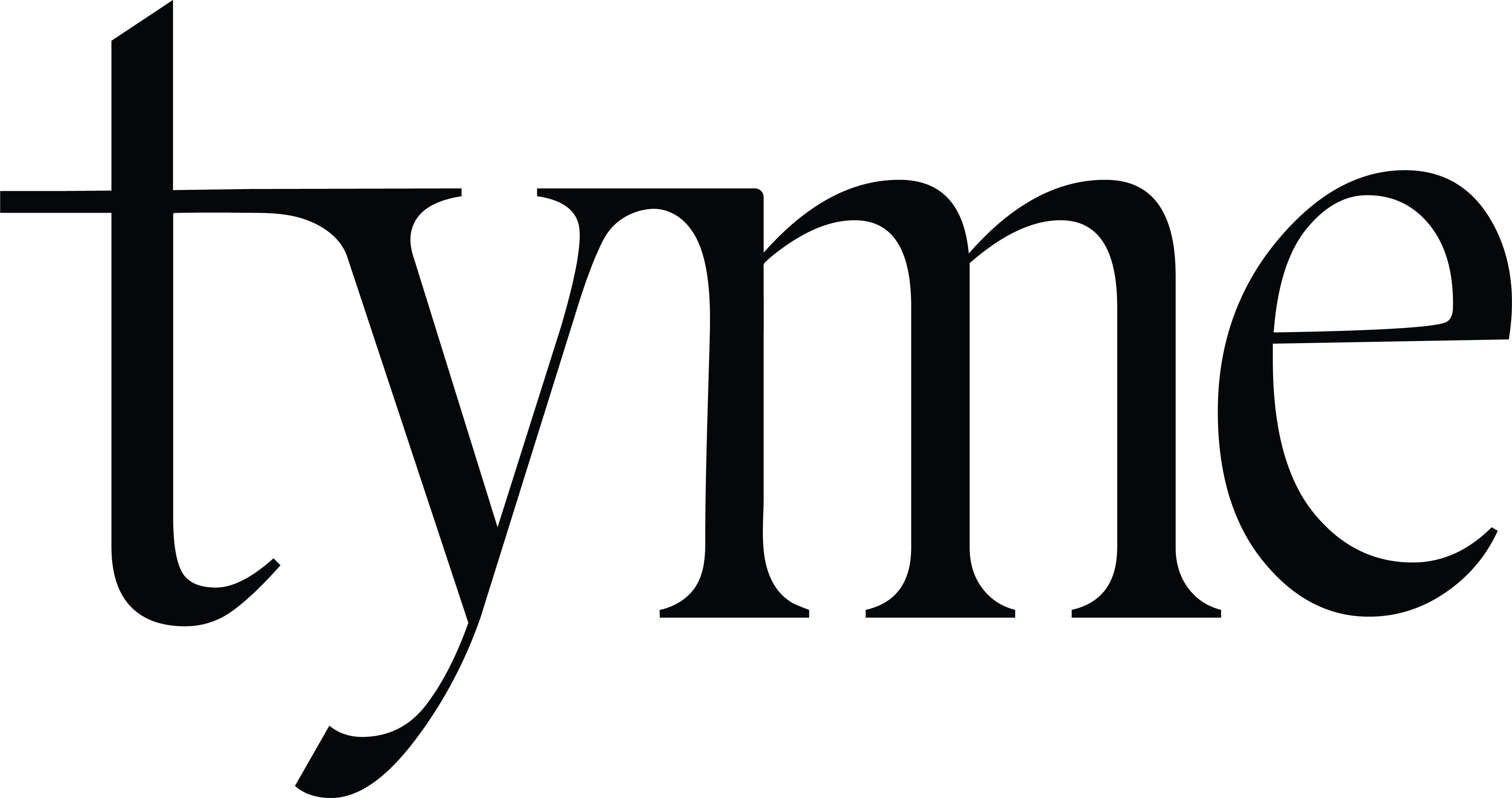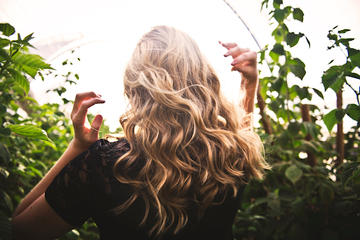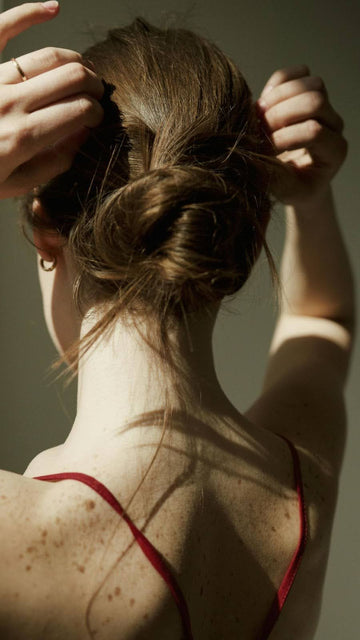Before you start packing your bags to Tokyo, here’s the Japanese hair straightening 101
Are you tired of battling with unruly curls or persistent frizz? Do you dream of waking up to effortlessly sleek, straight hair every morning? If so, you're not alone—we’re only human, and it’s in our DNA to want what we don’t have. Countless people around the world are searching for permanent solutions to their curly hair woes, and Japanese hair straightening might just be the answer you’ve been looking for.
Though we aren’t preaching about changing the locks you were born with, if you are going to do it—we’d rather you do it right. We’re diving into the world of Japanese straightening or thermal reconditioning as it is also referred to, to find out what it's all about. From its origins to its transformative effects, we'll cover everything you need to know to make an informed decision about this permanent hair treatment.
So, before you start packing your passport and booking your salon appointment, let's take a walk down the Japanese hair straightening 101 and uncover the secrets behind this life-changing technique. Say goodbye to frizz and hello to silky-smooth strands—it's time to discover the magic of Japanese hair straightening.
P.S. If you do decide to go with it, there’s no need to go off jet-setting to Japan. Your local salon is most likely able to do this at a fraction of the price of an airline ticket (and minus the air miles).
What is Japanese hair straightening?
Japanese hair straightening, also known as thermal reconditioning, is a hair treatment that originated in Japan but gained popularity worldwide—all thanks to social media and its high-reward nature. It had a big boom in the late noughties but became less popular when the likes of Keratin treatments came knocking around the block—promising a kinder, gentler alternative to permanent straightening.
Flash forward to today, and those Keratin treatments are losing their allure for being a high-risk, yet low-reward option to chemically straight hair.
Unlike temporary solutions like these keratin treatments, Japanese hair straightening offers long-lasting results, making it a favorite among those seeking permanently straight hair. It offers a permanent solution for a variety of non-straight hair types, including those struggling with thickness, excessive weight, frizz, and curls, leaving behind a glossy shine ready for its very own shampoo-ad commercial.
The treatment process involves several key components, including a cysteine solution, conditioning treatment, hair straighteners, and a neutralizer. These elements work together to permanently alter the hair's structure, resulting in that chemically created straight appearance that you’re looking for.
How the Japanese hair straightening treatment process works
At the heart of Japanese hair straightening is a potent combination of ingredients and techniques designed to transform hair texture permanently.
The process typically begins with the application of a cystine solution, a chemical compound that breaks the bonds within the hair, resulting in straightened strands. Once the solution is applied to the hair, it immediately begins breaking the bond down and flattening any waves within 20 minutes. Following the application, a conditioning treatment is applied to nourish the hair and minimize potential damage—as chemicals as potent as the cystine solution can seriously damage those tresses and give you breakage.
Once the hair has been treated, ceramic-coated flat irons are then used to straighten small sections of hair thoroughly, along with a range of hair tools to section it correctly—this meticulous process ensures that each strand is sleek and smooth and usually takes your stylist hours to do.
Finally, a neutralizer is then applied to restore the hair's pH balance and lock in the straightened structure forever (well, until your hair grows out that is).
The result? Silky smooth, pin-straight hair that lasts for years with proper care and maintenance. Professional application and aftercare are needed to achieve optimal results, so be sure to consult with a trained stylist who specializes in Japanese hair straightening before you try it at home.
Disclaimer: We do not recommend DIY thermal conditioning treatments. You’d be asking for trouble—and by trouble, we mean snapping, breaking, and burning.
What are the positives of Japanese hair straightening?
We know we’ve said a few times that it can be damaging, but there still are some great positives to this permanent treatment (if you can believe it). There are actually several benefits to Japanese hair straightening that make it a popular choice for girlies (or anyone!) with curly or wavy hair.
Firstly, the results are permanent, with many people having straightened hair for up to nine months before needing a touch-up treatment for any regrowth.
This saves plenty of time and effort on daily styling routines, as straightened hair comes with no frizz and easy styles. Now, you can wake up late for your alarm and never need that flat iron again. More time sleeping = priceless.
Additionally, Japanese hair straightening can improve the overall health and appearance of the hair, making it look shinier, smoother, and more lustrous. Frizz? We don’t know her.
What are the negatives of Japanese hair straightening?
While permanent hair straightening offers many benefits that make everyone's lives easier, it's not without its drawbacks. One potential downside is the risk of damage or breakage, especially if the treatment is not performed correctly or if the hair is already damaged or weakened. The chemicals that are used are extremely abrasive, and if you put too much pressure on your strands, they can snap and cause breakage or hair loss.
It is completely *irreversible*, meaning Japanese hair straightening is a permanent process, so once the bonds in the hair are altered, there’s no turning back. Sadly, if you opt for this permanent treatment, you can’t see your natural curly locks again without growing them out or undergoing a reversal treatment.
Finally, permanent hair straightening is PRICEY. By that, we mean in the region of $600, and that’s not to mention when the regrowth starts.
Like many things in life, it’s a commitment, so make sure you want to transform your hair before you go down this route. It’s worth seeking alternative options that are easier for you first, to see if you truly like straight hair every day. The TYME Iron Pro is the fastest styling tool on the market, meaning less time straightening and more time having fun (or snoozing that alarm).
Brazilian Blowout vs. Japanese Straightening
When it comes to hair straightening treatments, Japanese hair straightening and Brazilian blowouts are two popular options that offer different results and benefits. While Japanese hair straightening permanently straightens the hair, Brazilian blowouts are temporary treatments that smooth and de-frizz the hair for several weeks to many months.
Brazilian Blowouts are very similar to the Keratin hair straightening treatments that you’ve seen around town, and they both utter au revoir to those waves. Keratin is a protein that naturally occurs in your nails and it’s used in hair products, vitamins, pills, you name it—if it’s promising hair growth, then it’s packed with Keratin.
However, there have been some debates in recent years around Keratin treatments, Brazilian blowouts, and Japanese straightening and how they are very closely matched. The cost is very much the same (pricey), but the main thing that sets Japanese straightening and keratin apart is one very big kicker—the Keratin and formaldehyde drama.
Ever heard of formaldehyde? It's like the hair villain counterpart to some of the worst chemicals out there. You know, asbestos, uranium, and lead paint? Not exactly the guest we want at our hair party, right?
Now, contrast that with Japanese hair straightening—faster, longer-lasting, and, best of all, formaldehyde-free. So, while both might vie for your attention, the choice seems pretty clear, doesn't it?
Either way, Japanese hair straightening requires more time and commitment upfront but offers longer-lasting results—while Brazilian blowouts or Keratin treatments are a quicker, less permanent option for those who want to temporarily straighten their hair without making a long-term commitment.
How long do Japanese hair straightening results last?
The longevity of Japanese hair straightening results can vary depending on several factors, including your hair type, texture, and maintenance routine. On average, most people can expect their straightened hair to last for six months or more before needing a touch-up treatment.
However, it's important to follow a strict maintenance routine to prolong the results and keep your hair looking its best. This may include using specific shampoos and conditioners designed for straightened hair, avoiding heat styling tools and harsh chemicals, and scheduling regular touch-up appointments with your stylist. So, in summary, it’s a pretty high-maintenance, full-time job.
Research, research, research
Japanese hair straightening is a revolutionary treatment that offers a permanent solution to curly or wavy hair, but you should always do a deep dive into your stylist first. By permanently altering the structure of the hair, Japanese hair straightening can transform even the most stubborn curls into smooth, straight strands that last for months on end—but it could come at a cost.
While there are many benefits to Japanese hair straightening, including long-lasting results and improved manageability, it's important to carefully consider the potential downfalls and any looming hair breakage.
We don’t think you need to alter your appearance permanently, but we do understand that some locks can have their own minds. So, if you're tired of battling with frizzy, unruly curls every morning, Japanese hair straightening may be the answer to your prayers.
Please just promise us to research first and don’t try any of those DIY hacks—you’d be asking for damage and cry-worthy strands then.





